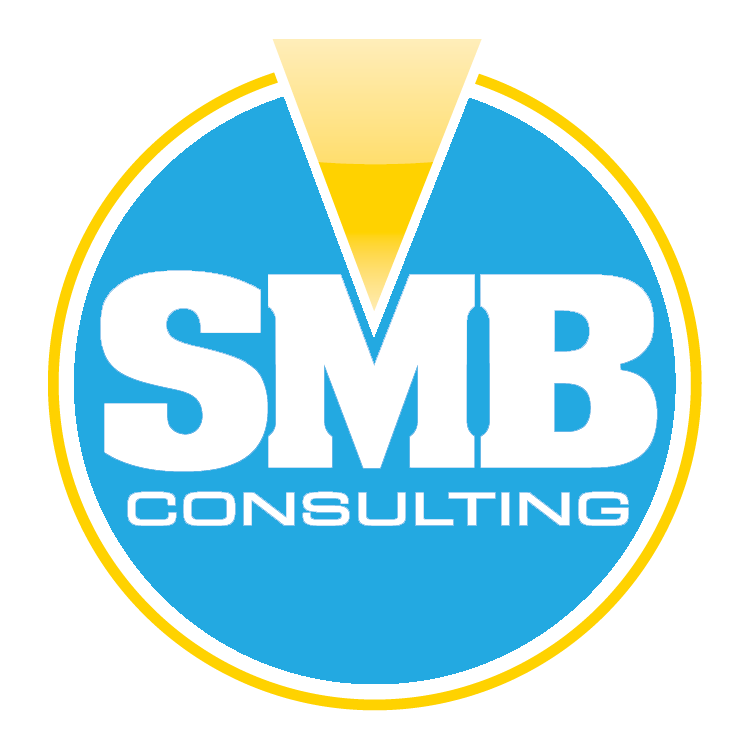For businesses strategic planning is a concept, a mind set and a process. It is looking down the road at what’s around the bend. When everyone around your place is focusing on what’s coming you will all recognize it in time to take advantage of it.
As things appear on the horizon each of you will be asking the question, what’s important about that from your various perspectives. You will be able to articulate the important elements of foreseeable future possibilities so you can all focus on the possibilities each offer. The goal of the business is, after all, to help each of you make your dreams come true.
Strategic planning keeps you focused on the options you now see more clearly, so you can collectively make choices that benefit the company and all of the people involved.
In this brief article I will describe the five key elements of a business strategic plan. It has been my experience that when these three elements are combined into a simple straightforward do it yourself process your company will achieve its goals. This is not rocket science, unless you are building rockets, and will work for companies of as few people as one and as many people as you have on board your company.
Your Strategic Planning Team:
The strategic planning workbooks, textbooks, and how-to books all discuss the importance of the strategic planning team – the implication being that the company must be big enough that there are leaders at every level who can become part of the strategic planning team. Unfortunately that eliminates about 75% of all the companies in existence.
If that includes you do not fear as I am about to show you how you can reach out to the best people possible, individuals with various perspectives whose input will help you create a balanced strategy. In addition these successful people will help you develop and maintain this workable strategy over the long haul. And since they are not going to be charging for their input you will be able to afford an active strategic planning team forever.
I recommend that you connect with members of your industry’s trade association, business owners whose results have been demonstrated over time and whose opinions you trust. The well known power of group dynamics suggests that you limit the size of your strategic planning group to 6-8 people including yourself.
Each of you should also be located outside each other’s traditional marketing areas. If some of you are nearing retirement with vast experience, others in the midst of their careers growing their companies and some who are successors in successful businesses in your industry you will have an important range of diversity. Those who have been around a while can see things coming that are invisible to those just starting out and vice versa.
The Strategic Planning Process:
The strategic planning process should be simple, just three questions to focus on, so you will keep them at the top of your mind. Naturally there are multiple components of these three questions that will become second nature as the process of discussion moves along.
What are you going to sell in the future and how? Each member of your strategic planning team will offer different ideas based on what’s working for them now, what they have already considered for the future and their perspective (such as their Internet savvy or lack of same). ,p>
Who are your target customers and why? Every successful business owner focuses on their market share inside their traditional market. With different perspectives you will be able to expand that traditional marketing area AND focus on increasing your share of each customer. Members of your strategic planning team will open your mind to tactics they are using to sell more products of one kind or another to your existing core customers.
How can you differentiate your company vs your competitors? This often means discontinuing lines no longer profitable that you’re still carrying because you’ve always carried them. It may mean focusing on fewer products and services where your specific capabilities excel. And it most assuredly will mean introducing new products and services recommended by your strategic planning team based on their experiences and perspectives.
Once you and your team have these three questions at the forefront – the qualifiers become automatic. What’s important? What is it now? What exactly do you want it to be? And what’s possible to achieve at the intersection of your goals and your resources?
A Commitment To Action:
With the continual input from your strategic planning peer group you will be able to more easily target strategic opportunities all around you. Opportunities that would have continued to be invisible to you without their well considered input. These actions will, in and of themselves help you choose those capabilities important for your future growth and enhance your capacities for making the most of them.
As you and the other members of your strategic planning peer group put your plans on paper and keep them in front of each other you will develop an environment for continually review and modify your evolving mission statements.
Continually articulating your goals for the future as they are continually refined by your strategic planning peer group will keep the important next steps always in view. Taking action yourself or delegating it to the individuals or teams within your organization who have the power, authority, and accountability for their completion is all that now stands between where things are today and where you want them to be in the future.
If you are seriously interested in your organization’s future you’ll find that there’s really no better way to create and manage your strategic planning process.
Your next move should be to click below and take five minutes to review my recently published report that contains complete instructions for your Do-It-Yourself Strategic Planning process. Article by Wayne Messick, publisher of http://www.iBizResources.com
